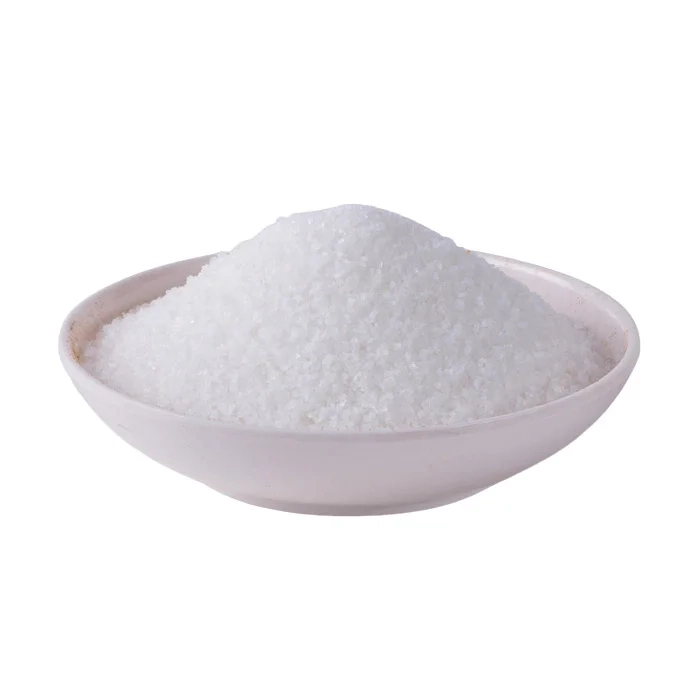- This topic is empty.
-
AuthorPosts
-
24/06/2024 at 14:46 #93423
Polyacrylamide(PAM) is a high molecular polymer with a linear structure, which is made from acrylamide monomers through free radical polymerization. Due to its excellent chemical and physical properties, polyacrylamide is widely used in many industrial fields, one of which is oil extraction. In oil extraction, polyacrylamide is mainly used as a flocculant, thickener, fluid loss reducer, and to increase the production capacity of oil and gas wells. This article will explore the application of polyacrylamide in oil extraction in depth.
1. Functions and effects of polyacrylamide In the process of oil extraction, one of the main functions of polyacrylamide is as a flocculant. It can bind fine particles in the drilling fluid and cause them to aggregate into larger agglomerates, thereby accelerating the solid-liquid separation process. This property makes polyacrylamide an ideal choice for treating drilling cuttings, helping to reduce the loss of drilling fluid and protect groundwater resources from pollution.
In addition, polyacrylamide is also used as a thickener to increase the viscosity of drilling fluids, thereby improving their ability to carry cuttings. This means that the drilling fluid can bring cuttings to the surface more effectively, reduce wear on the drill bit, and improve drilling efficiency.
Polyacrylamide can also reduce fluid loss. During the drilling process, drilling fluid may penetrate into the formation cracks, resulting in the loss of drilling fluid and a decrease in formation stability. After adding polyacrylamide, it can form a thin film to seal the pores and cracks, significantly reducing the loss.

Finally, polyacrylamide helps to increase the productivity of oil and gas wells. In production enhancement operations such as fracturing, polyacrylamide acts as a proppant to carry liquid, which can effectively transport the proppant into the cracks and keep the cracks open, thereby improving the mobility of oil and gas and the productivity of the well.
2. Application methods of polyacrylamide
In oil production, polyacrylamide is usually added to the drilling fluid or fracturing fluid on-site in powder form. Its concentration and use method will be adjusted according to the specific needs of the operation. For example, during the drilling process, engineers will calculate the required amount of polyacrylamide according to the performance requirements of the drilling fluid and the formation conditions to ensure the best performance.
In fracturing operations, polyacrylamide is used as an additive to slick water (drag-reducing water) to improve the sand-carrying capacity of the liquid. Similarly, its concentration needs to be precisely controlled to ensure the effective delivery of proppant and the optimal filling of cracks.
With the continuous advancement of oil extraction technology, the requirements for chemicals such as polyacrylamide are also increasing. Future development directions may include improving the thermal stability and salt tolerance of polyacrylamide so that it can be used under more stringent conditions; developing environmentally friendly polyacrylamide to reduce the impact on the environment; and improving the performance and application efficiency of polyacrylamide through advanced means such as nanotechnology.
In summary, the application of polyacrylamide in oil extraction demonstrates its unique value as a high molecular polymer. Through continuous technological innovation and environmental considerations, polyacrylamide will continue to play an important role in future oil extraction and promote the sustainable development of the oil industry.
As a polyacrylamide supplier, we are committed to providing customers with high-quality products and excellent services. We have advanced production equipment and a strict quality control system to ensure that our products meet international standards and can meet the requirements of various applications. At the same time, our professional team will provide you with technical support and solutions.
mia
dbwhb@scdbw.com -
AuthorPosts
- You must be logged in to reply to this topic.
